Which has higher dipole moment, alkyl cyanides or alkayl isocyanides ?
To determine which has a higher dipole moment between alkyl cyanides and alkyl isocyanides, we can follow these steps:
Step 1: Understand the Structures
- Alkyl Cyanide (R-C≡N): In this structure, the alkyl group (R) is attached to the carbon atom of the cyanide group (C≡N). The triple bond between carbon and nitrogen creates a significant dipole moment due to the electronegativity difference between carbon and nitrogen.
- Alkyl Isocyanide (R-N≡C): In this structure, the alkyl group (R) is attached to the nitrogen atom of the isocyanide group (N≡C). Here, the triple bond is between nitrogen and carbon, which also creates a dipole moment.
Step 2: Analyze Electronegativity
- The electronegativity values are:
- Carbon (C) ≈ 2.5
- Nitrogen (N) ≈ 3.0
- In alkyl cyanides, the dipole moment is directed from carbon to nitrogen due to nitrogen being more electronegative.
- In alkyl isocyanides, the dipole moment is directed from nitrogen to carbon.
Step 3: Consider Bond Polarity and Bond Order
- The bond order in alkyl cyanides (C≡N) is 3 (triple bond), which means it has a strong dipole moment due to the high polarity of the bond.
- The bond order in alkyl isocyanides (N≡C) is also 3, but the orientation of the dipole moment is opposite to that of the alkyl group.
Step 4: Resultant Dipole Moment
- In alkyl cyanides, there is no opposing dipole moment from the alkyl group because the dipole moment is directed towards the more electronegative nitrogen atom.
- In alkyl isocyanides, the dipole moment from the nitrogen to carbon is opposed by the dipole moment from the alkyl group towards the nitrogen, resulting in a lower net dipole moment.
Conclusion
- Alkyl Cyanides have a higher dipole moment than Alkyl Isocyanides because the dipole moment in alkyl cyanides is not opposed by the alkyl group, while in alkyl isocyanides, the dipole moment is partially canceled out.
- Alkyl Cyanide (R-C≡N): In this structure, the alkyl group (R) is attached to the carbon atom of the cyanide group (C≡N). The triple bond between carbon and nitrogen creates a significant dipole moment due to the electronegativity difference between carbon and nitrogen.
- Alkyl Isocyanide (R-N≡C): In this structure, the alkyl group (R) is attached to the nitrogen atom of the isocyanide group (N≡C). Here, the triple bond is between nitrogen and carbon, which also creates a dipole moment.
- The electronegativity values are:
- Carbon (C) ≈ 2.5
- Nitrogen (N) ≈ 3.0
- In alkyl cyanides, the dipole moment is directed from carbon to nitrogen due to nitrogen being more electronegative.
- In alkyl isocyanides, the dipole moment is directed from nitrogen to carbon.
- The bond order in alkyl cyanides (C≡N) is 3 (triple bond), which means it has a strong dipole moment due to the high polarity of the bond.
- The bond order in alkyl isocyanides (N≡C) is also 3, but the orientation of the dipole moment is opposite to that of the alkyl group.
- In alkyl cyanides, there is no opposing dipole moment from the alkyl group because the dipole moment is directed towards the more electronegative nitrogen atom.
- In alkyl isocyanides, the dipole moment from the nitrogen to carbon is opposed by the dipole moment from the alkyl group towards the nitrogen, resulting in a lower net dipole moment.
- Alkyl Cyanides have a higher dipole moment than Alkyl Isocyanides because the dipole moment in alkyl cyanides is not opposed by the alkyl group, while in alkyl isocyanides, the dipole moment is partially canceled out.
Similar Questions
Knowledge Check
Which has zero dipole moment
ACis-2-buteneBTrans-2-buteneC1-buteneD2-methyl-1-propeneWhich has the highest dipole moment?
A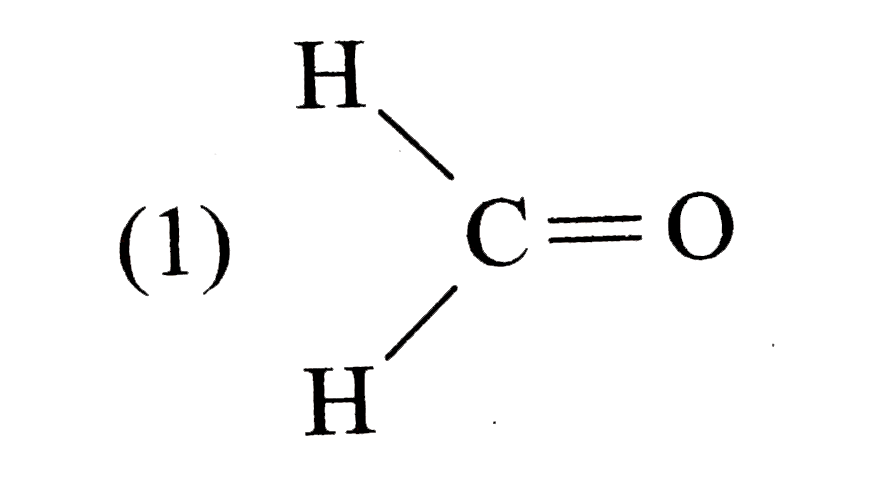 B
B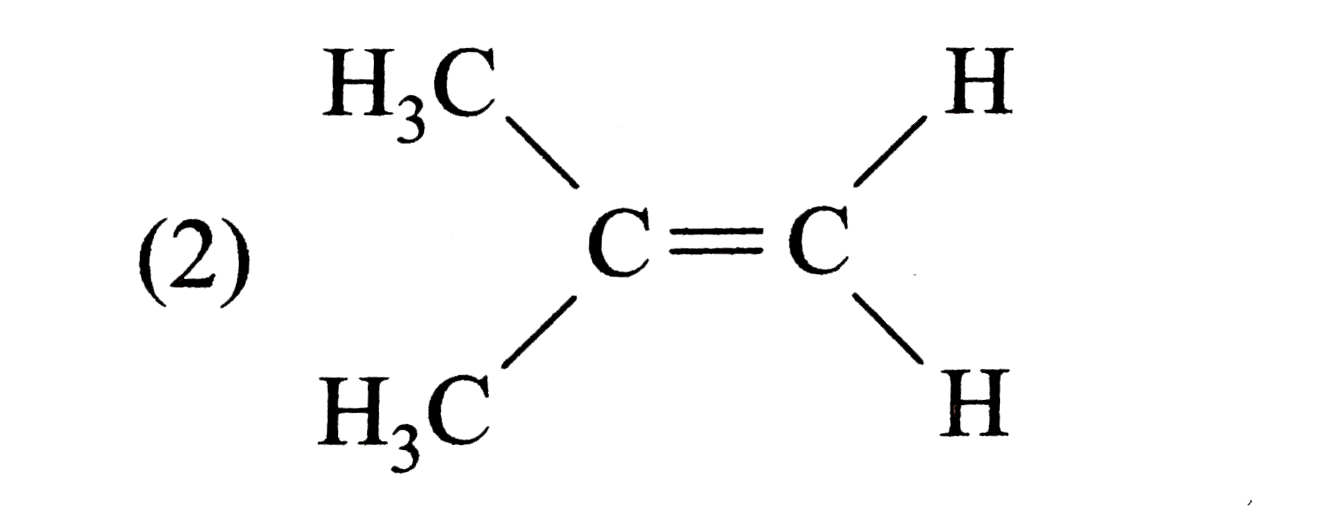 C
C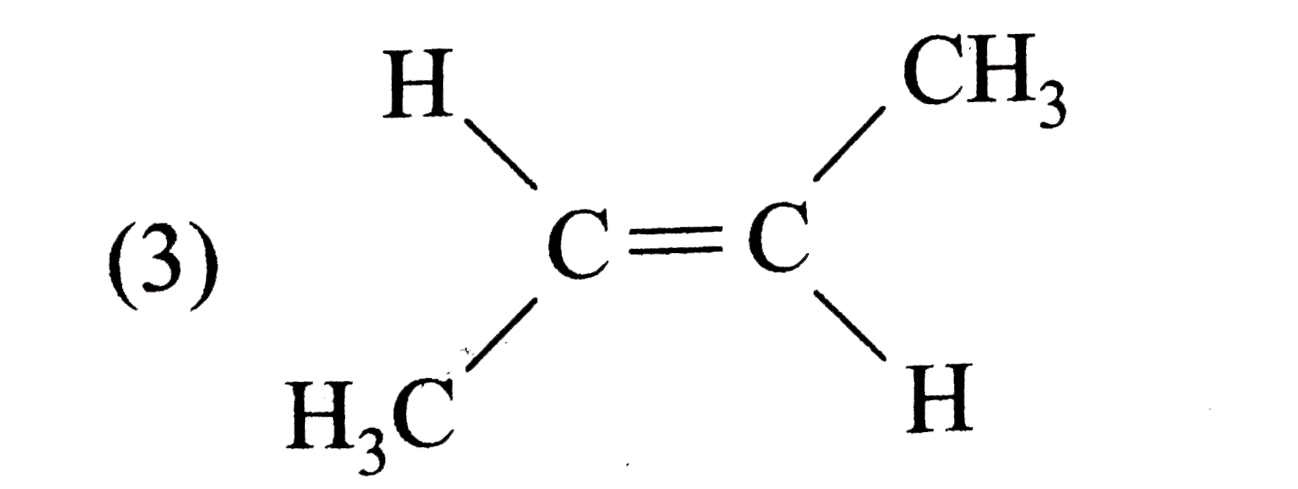 D
D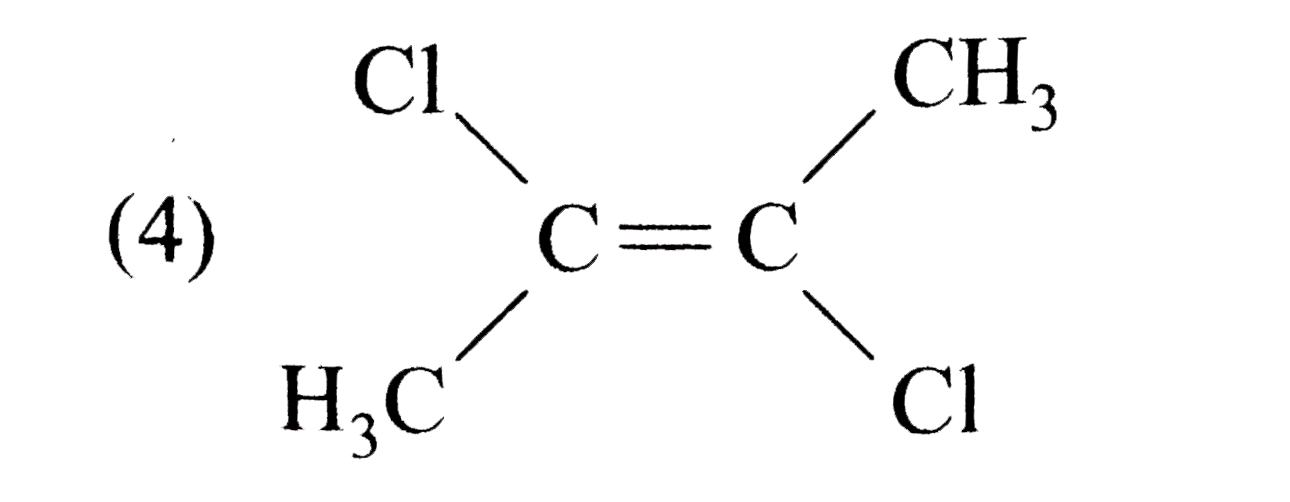
Which has maximum dipole moment ?
A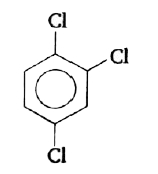 B
B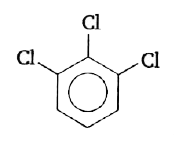 C
C D
D